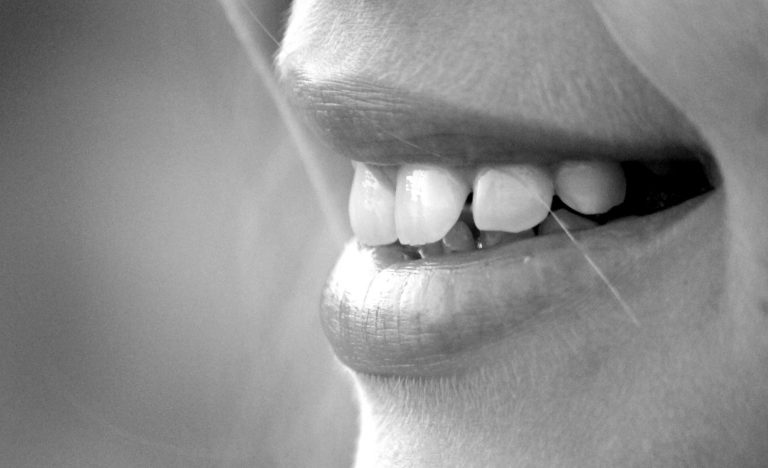

STAGES OF TOOTH DECAY AND THEIR TREATMENT OPTIONS

Tooth decay refers to the degradation process of the structure of the tooth resulting in permanent damage. It’s also referred to as tooth cavities or dental caries. These cavities occur as a result of eroding away of the outer layers by acids produced by bacteria present in the mouth. If not given timely treatment, tooth decay can result in pain, infection and eventual loss of the tooth.
Let’s look at the structure of the tooth before going into details about the various stages of tooth decay. The tooth is made up of three different layers, the outer layer is called the enamel followed by the middle layer called the dentin; the innermost layer is called the pulp and contains the blood vessels and nerves.
The more the layers involved in tooth decay, the worse is the prognosis. There are two main causes of tooth decay – a diet high in sugars and poor dental hygiene. After every meal, some bits of food debris gets left behind in the mouth; if the mouth is not cleaned properly, bacteria present in the mouth feed on the sugars in the food and convert it into acid which causes tooth decay. If care is not taken, the decay may progress to deeper levels and may even spread to neighboring teeth.
Some of the causes are poor brushing and flossing, not getting sufficient fluoride, not having enough saliva, being diabetic, smoking or using tobacco products and eating foods rich in sugar and carbohydrates.
Children’s teeth are more prone to tooth decay than adults as the minerals on their new teeth is not still not strong enough to withstand acids produced by bacteria. And interestingly enough, it is children who are more into eating sweets and candies.
Tooth decay occurs in 5 different stages depending on the depth of involvement:
- The first stage involves the appearance of white or yellowish spots on the surface of the tooth due to calcium loss.
- The second stage involves breaking of the enamel below the surface, leading to its decay and permanent damage. Cleaning and filling of the tooth may help clear it up.
- The third stage is where the decay progresses from the enamel to the dentin along with pain. Treatment is by filling the cavity.
- The fourth stage is where the pulp gets involved, resulting in blood vessels and nerves dying off in a very painful situation. An urgent root canal treatment is the only option left here.
- The last fifth stage is where the infection has reached the tip of the root of the tooth, and possibly the surrounding bone too. There is excessive pain and swelling of the cheek. Treatment includes antibiotics, pain killers, a possible root canal treatment or outright removal of the infected tooth.
Timely dental visits, regular brushing and flossing can all help you remain free of these painful conditions and maintain your perfect smile!














